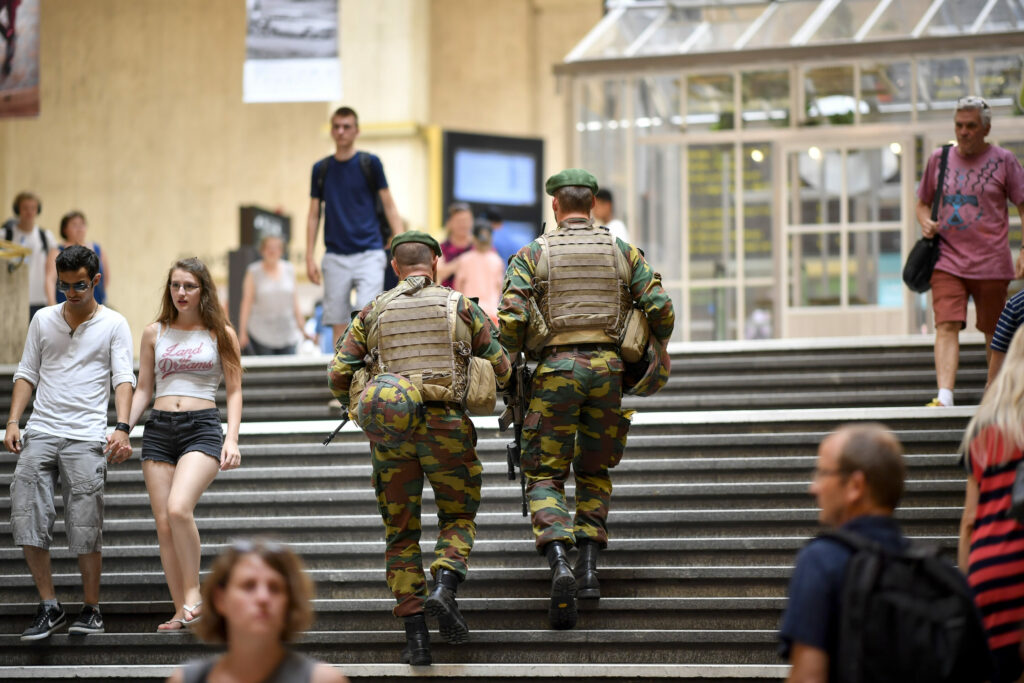Belgium will maintain the threat level 3, or 'serious', at least until the end of summer, the country's Coordination Body for Threat Assessment (OCAD) confirmed. It has been in force for eight months, since the terror attack on Swedish football supporters in Brussels.
Terror threat level 3 on a scale of 1 to 4 is categorised as "serious" and means that the threat is "possible and probable". After the terrorist attack in Brussels on 16 October, in which two Swedish nationals died, the OCAD raised the level from 2 to 3 for the first time in over five years. This was extended in November and the OCAD now confirmed that it will remain in place until at least September.
"Since the 16 October attack against Swedish football supporters, the general threat level in our country has stood at level 3," said Gert Vercauteren, director ad interim of OCAD. "Eight months later, the level has still not dropped. And that will not change before the end of the summer."
Specifically, the threat level means increased vigilance among police and security services. For example, there will likely also be extra checks at major events this summer.
Vercauteren explained that the body has made this decision based on several factors. "The number of reports, their seriousness and the number of terror files at the judiciary, police and intelligence services" were named among the reasons, as well as so-called "trigger events" that have an "emotional impact and can provoke a reaction".
He stressed that the start of the conflict in Gaza in October last year is considered such an event. OCAD recorded some 40 threat reports in October-November that could be linked to the conflict, as well as some 40 minor incidents, many of which involved antisemitism. Threats related to the situation in the Middle East are the main reason why the level remains at 3. Vercauteren told VRT NWS that even without the attack in Brussels in October, the level would have gone to 3.
Vague motives
OCAD's activity report published earlier this year stated that it received 332 threat reports in 2023, over 40% more than in 2022. Of the more than 1,600 threat assessments OCAD carried out last year for events 7.8% were classified as a serious threat. The only evaluation that led to level 4 or 'very serious' was the 16 October attack on Swedish football supporters. It was put in force for a short period after the attacks.
The threat from Islamist sources remains the biggest for Belgium (over 40% of threat reports) but OCAD noted that the threat picture has become much more diverse, while in four out of ten reports, the ideology from which the threat emanated was difficult to precisely delineate as the perpetrators' motives have become more vague and diverse, and perpetrators do not always associate themselves with a terror group as such.
Threats linked to political opposition abroad make up 7% of the total reports, followed by those from right-wing extremists (5%), anti-establishment sentiments (3%) and threats from left-wing extremists (1%). Russia's hybrid warfare was also included in the annual report.

